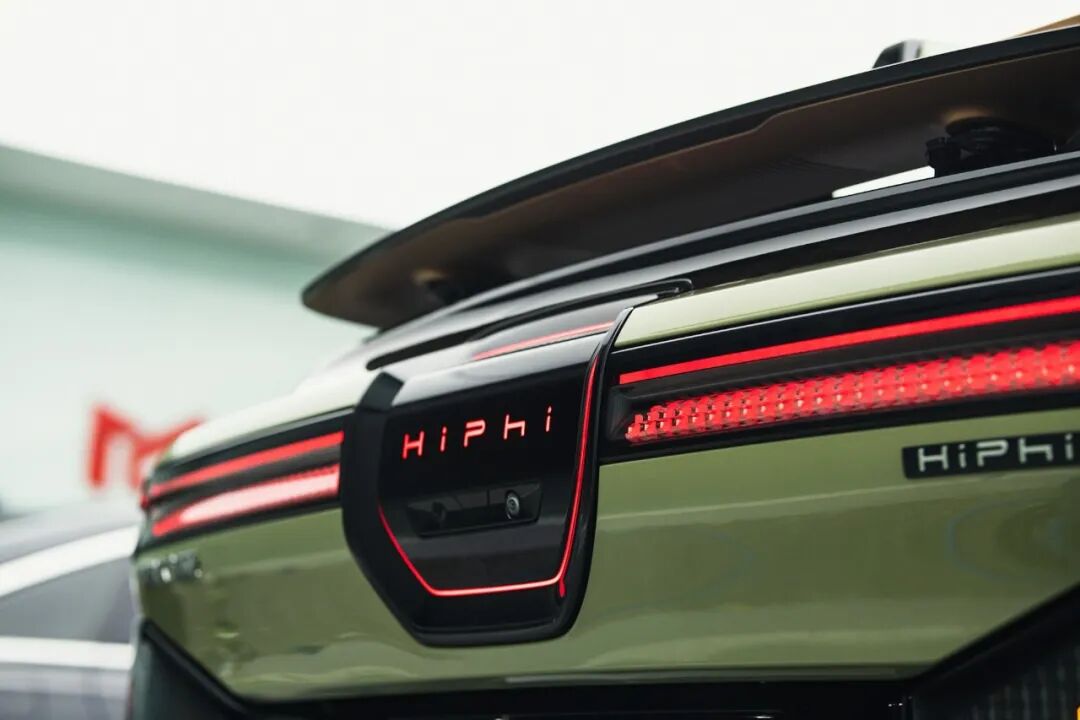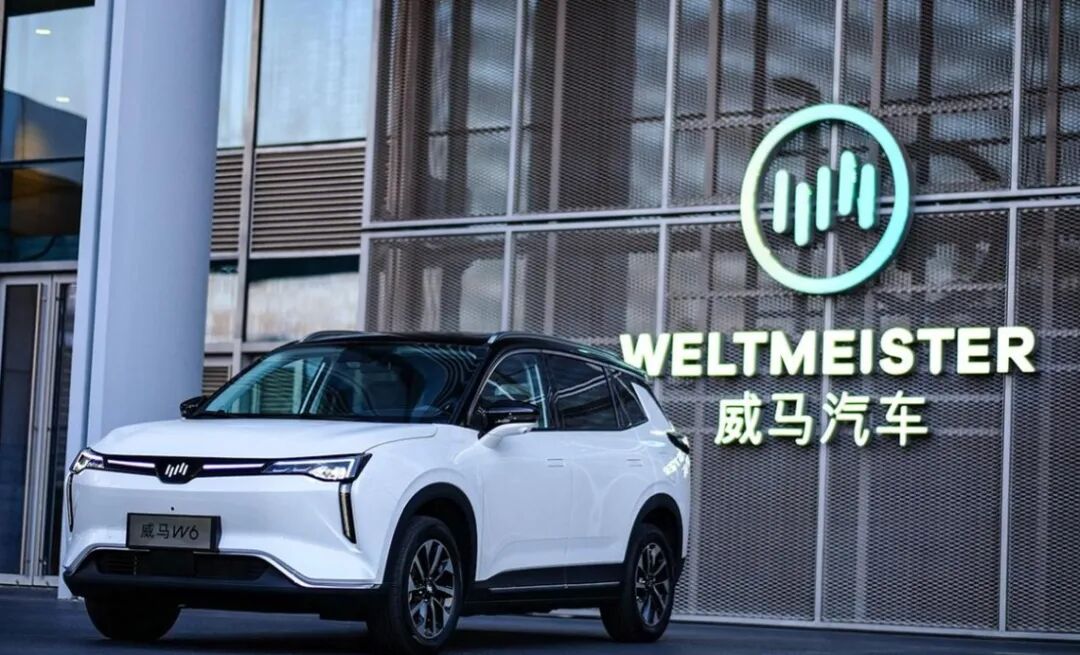Youngsters Are Buying Discounted 'Troubled' Cars in Bulk: Why Are Second-Hand Troubled Cars Suddenly in Demand?
![]() 11/24 2025
11/24 2025
![]() 482
482
In recent years, when delving into the consumption trends of the younger generation, many find themselves perplexed. A slew of emerging trends challenge long-held notions. Recently, news broke that young people are purchasing 'troubled' cars from struggling automakers in large quantities. Why have second-hand 'troubled' cars suddenly gained popularity? What exactly is behind this phenomenon?

I. Youngsters Buying Discounted 'Troubled' Cars in Bulk
According to a report by National Business Daily, "Spending over 70,000 yuan on a near-top-spec SUV with an interior more comfortable than a 200,000-yuan car and driving it cross-province on a self-drive trip—it's like saving both on the car purchase and rental fees." Recently, Mr. Jiang, a post-95s photography worker based in Hefei, told National Business Daily reporters that he became the proud owner of a Neta L through an incredibly cost-effective deal in August this year.
While Neta Auto was embroiled in operational turmoil and shunned by many, Mr. Jiang took the initiative to travel inter-province to pick up the car. His 80-day, 6,000-kilometer driving adventure validated the consumption logic that 'a competitive price drives market demand'.
"I closely monitored its price fluctuations, intending to buy if the second-hand price hit my target," Mr. Jiang shared. This year, he spotted an opportunity in a car enthusiasts' group: Neta L models in Guangxi were heavily discounted. After factoring in a local 13,000-yuan trade-in subsidy, the price was effectively halved. Calculations revealed that the Neta L 310 Flash Charge PRO version (near-top-spec), originally priced at 149,900 yuan, cost just 73,900 yuan after 4S store discounts and trade-in subsidies. Adding 3,800 yuan for comprehensive insurance, the total on-road cost came to 77,700 yuan. This price point convinced Mr. Jiang, who had already planned a Guangxi self-drive trip. "Upon learning about the car's availability, I transferred the deposit that night. Saving rental fees while owning a new car was simply too cost-effective," he remarked.
In reality, besides young consumers, many car dealers are also 'snapping up' troubled cars. Following operational difficulties faced by brands like Neta, HiPhi, and WM Motor, a group of dealers targeted these low-priced car sources. They capitalized on the price difference in niche markets through the chain of 'bulk vehicle acquisition—short-term leasing—second-hand resale.' Most of these cars eventually ended up with price-sensitive consumers in second- and third-tier cities.

II. Why Are Second-Hand 'Troubled' Cars Suddenly in Demand?
Currently, models from automakers in crisis—commonly referred to as 'troubled cars' in the market—have become sought-after 'hot items' among young people. What is driving this trend? How should we interpret it?
Firstly, the quality issues of 'troubled cars' are not significant.
The popularity of 'troubled cars' ultimately stems from their unique value proposition. Automaker failures often result from capital chain ruptures or operational strategy missteps—issues unrelated to the vehicles' inherent quality. Most troubled automakers, in their early development stages, often invested heavily in hardware configurations to capture market share. Core components frequently sourced from top suppliers like CATL and Bosch endow these vehicles with inherent performance advantages. From a product performance standpoint, key metrics such as battery energy density, range, and electric drive system efficiency of these models are on par with or even surpass those of mainstream brands in the same class. Some models even boast commendable chassis tuning, meeting core demands for urban commuting and daily driving.
The value proposition of 'troubled cars' lies in the disconnect between their industrial manufacturing prowess and the operational crises of their automakers. The mechanical integrity and hardware configurations of the vehicles remain intact despite the automakers' struggles, especially for cars produced during their peak growth periods. For consumers, this translates to acquiring equal or superior hardware foundations at significantly lower prices. This imbalance between product strength and price—this ultimate cost-effectiveness—represents an excellent bargain for most young people, particularly the current generation of young consumers who prioritize practical consumption. This is the greatest value and core premise driving the popularity of 'troubled cars.'

Secondly, configuration focus has surpassed brand preference.
Examining the development trajectories of the smartphone and computer markets, we can identify a parallel trend. Initially, smartphone brands wielded immense influence, with consumers often selecting models based solely on brand. However, as technology advanced and markets matured, consumers began prioritizing configurations such as processor performance, camera quality, and screen resolution. Particularly now, with smartphones from legitimate manufacturers offering largely similar user experiences—especially given the growing sophistication of operating system optimizations—consumers tend to favor more affordable options when configurations are comparable. This marks the emergence of a configuration-driven purchasing logic.
Similarly, the new energy vehicle (NEV) market is evolving in this direction. As NEV technologies become more widespread, the technological gaps between brands continue to narrow. Most new automakers possess strong capabilities in the three core electric systems (battery, motor, and electronic control), with many components sourced from renowned manufacturers or produced by well-known contract manufacturers. In this context, consumers no longer solely rely on brand prestige when purchasing vehicles but instead focus more on specific configurations. Crucially, if 'troubled cars' offer configurations comparable to or even superior to those of normal brands at significantly lower prices due to their automakers' failures, their cost-effectiveness becomes prominent. For consumers seeking high value for money, 'troubled cars' present an extremely attractive option. Purchasing a vehicle with equal or superior configurations at a lower cost represents a highly rational consumption decision. This shift in consumer attitudes has expanded the survival space for 'troubled cars' in the second-hand market.

Thirdly, pragmatism over ritual has become a prevailing trend.
The primary demographic purchasing 'troubled cars' consists of young people aged 20-35, whose consumption patterns differ significantly from traditional car buyers. With limited budgets but high expectations for product experiences, they view automobiles as 'short-term consumables' rather than 'long-term durable goods,' prioritizing immediate utility over brand-induced identity.
For these consumers, issues like unupgradeable smart systems or lack of official warranties are not deal-breakers. They prioritize the completeness of driving functions, requiring only reliable vehicle performance, stable three-electric systems, and adequate basic comfort configurations to meet core transportation needs. This 'function-first, extras-last' mindset aligns perfectly with the product traits of 'troubled cars,' whose shortcomings lie primarily in after-sales support and software services—areas that do not compromise core driving functionality. By compromising on ancillary services, young buyers achieve high cost-effectiveness in core utilities. This precise match between supply and demand has directly fueled the popularity of 'troubled cars.'

Fourthly, long-term risks of 'troubled cars' warrant serious attention.
While 'troubled cars' may meet short-term hardware performance needs, the core competitiveness of new energy intelligent vehicles extends beyond mechanical quality. Intelligent systems and full-lifecycle maintenance services constitute equally vital components of product value. Post-automaker failure, software service interruptions become almost inevitable: infotainment system updates cease, navigation and remote control functions fail, and intelligent driving system upgrades become unattainable. These issues gradually surface over time, severely degrading the driving experience. More critically, the collapse of maintenance systems poses significant challenges. Following automaker bankruptcies, original equipment manufacturer (OEM) part supplies dry up, and 4S stores and authorized repair networks withdraw, leaving owners facing 'difficult repairs and expensive parts.'
While basic maintenance can be addressed through third-party shops, core component repairs often lack technical support and compatible parts. Some owners resort to salvaged or aftermarket parts, incurring high costs and potential safety hazards. Additionally, insurers adopt cautious stances toward 'troubled cars,' either denying coverage or drastically increasing premiums while reducing policy limits, further elevating ownership risks. These latent issues reveal that the cost-effectiveness advantage of 'troubled cars' is built on 'sacrificing long-term guarantees.' The apparent short-term bargain may conceal prolonged ownership difficulties.
The sudden popularity of 'troubled cars' may seem like a market 'reverse selection,' but it actually represents an inevitable outcome of value restructuring during consumption upgrades and industrial transformations. For consumers, rationally evaluating the cost-effectiveness advantages of 'troubled cars' while thoroughly assessing potential risks is crucial to avoiding the dilemma of 'short-term appeal, long-term regret.' So, dear readers, would you purchase a 'troubled car'?
END






